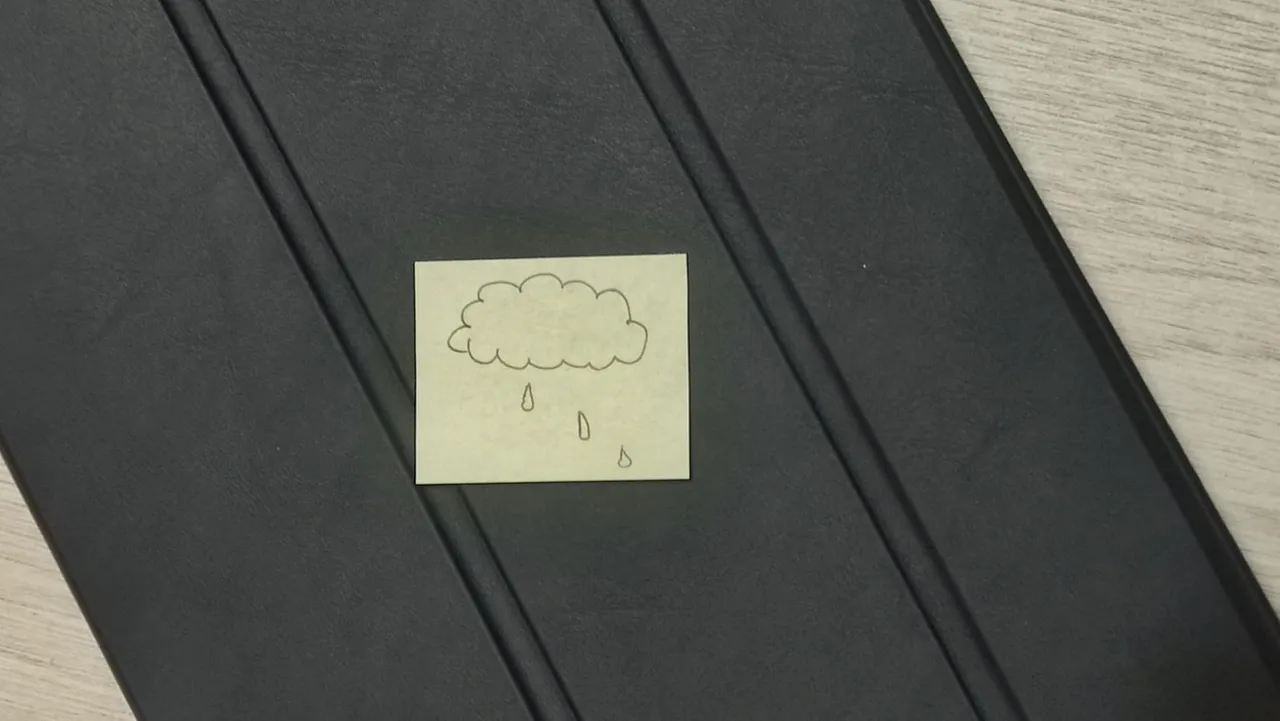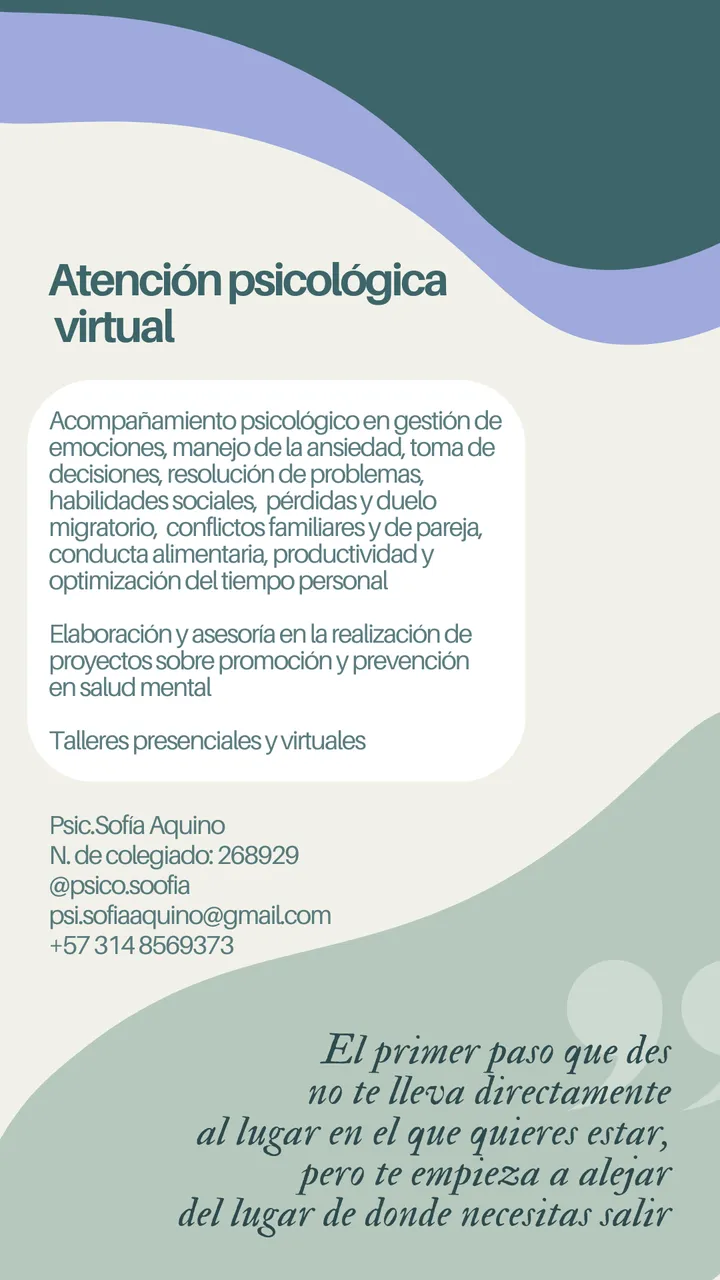
En publicaciones anteriores he comentado sobre la regulación emocional y cómo a través del autoconocimiento y el aprendizaje y la aplicación de diferentes técnicas podemos gestionar nuestras emociones. Sin embargo, es importante resaltar que el cuerpo, naturalmente, cuenta con una serie de mecanismos de activación o desactivación fisiológica, que también nos ayudan a autoregularnos; regulación que directamente afectará nuestro estado de ánimo y mundo emocional, entre otros procesos.
¿Podrías identificar algunas de estas "señales" del cuerpo que están muy vinculadas al alivio de los estados de estrés y/o tensión? Te menciono algunas: bostezar, reír, temblar o sacurdirse, suspirar, sudar, llorar... Estas acciones se presentan, muchas veces, sin previo aviso y/o sin que las podamos "controlar", lo que nos puede llevar sentir vergüenza, frustración, incomodidad (u otros), aumentando así el malestar que se presenta en una determinada situación.
El llanto, por ejemplo, es una respuesta natural que, dependiendo de cómo se presente (contexto, frecuencia, magnitud), nos puede hacer sentir vulnerables o frágiles. De allí que tantas personas eviten hacerlo en público y resguarden al máximo sus emociones (en ocasiones ocurriendo una desconexión emocional). En el caso de los hombres, por ejemplo, hay toda una creencia socialmente compartida de que "los hombres no pueden llorar". Como sabemos, esta represión emocional no necesariamente ha sido positiva. Los análisis epidemiológicos de las características sociodemográficas de la conducta suicida hablan por sí solos. Los hombres necesitan más espacios para contactar con sus emociones, expresar lo que sienten y desahogar un poco de su dolor. Es curioso pero incluso esa posibilidad de contacto emocional y la escucha y contención de un otro que acompaña alivia muchísimo el malestar.
El título de esta publicación es una invitación a que, cuando sintamos la necesidad de llorar, nos permitamos hacerlo. Este mecanismo de regulación libera una serie de hormonas que producen un efecto calmante en el organismo. Sin embargo, no solo lloramos cuando estamos tristes, también lo hacemos si estamos muy felices o molestos, y nuevamente aquí se presenta su utilidad: una respuesta que nos ayuda a liberar tensión contenida.
Cabe mencionar que algunas personas tienen tienen una mayor facilidad para contactar con el llanto que otras. Y aunque esto apunta a otro tema más complejo, relacionado con esas primeras comunicaciones entre un bebé y sus padres, también me parece necesario mencionar que no es necesario forzarte a llorar, o cuestionarte si tienes mucha facilidad para llorar o casi nunca lloras. Esto hace parte de las diferencias propias de cada persona. Nuevamente, la idea es que si te ves a ti mismo reprimiento el llanto o aguantando las ganas de llorar hasta tener cefalea, quizás sea un momento para tomarte un tiempo para ti y liberar tensión (como preferias hacerlo, en compañía o a solas)
Unas lagrimitas no le hacen daño a nadie y si salen natural (sin que lo puedas controlar) recuerda que hace parte de tu humanidad, y es uno de los tantos aspectos que te diferencia de los seres inanimados. Si lloras todos los días o varias veces al día, y además, esto se acompaña de otras señales que llaman tu atención: desmotivación, ánimo decaído, baja autoestima, dificultad para sentir placer, dolores corporales, pensamientos intrusivos, cambios en los hábitos y rutinas o malestar en una o más áreas de tu vida, entonces puede ser necesario consultar tu caso particular con un profesional. Esto último es lo más importante, pues se analizará tu situación y contexto. Ante la pérdida de un ser querido, por ejemplo, es esperado que se presente un llanto frecuente.

Referencias Bibliográficas:
Sarah Crosby (2020). Five Minuts Therapy. Century

In previous publications I have commented on emotional regulation and how through self-knowledge and the learning and application of different techniques we can manage our emotions. However, it is important to highlight that the body, naturally, has a series of physiological activation or deactivation mechanisms, which also help us to self-regulate; regulation that will directly affect our mood and emotional world, among other processes.
Can you identify some of these "signals" of the body that are closely linked to the relief of stress and/or tension states? Here are a few: yawning, laughing, trembling or shaking, sighing, sweating, crying? These actions often occur without warning and/or without us being able to "control" them, which can lead us to feel embarrassment, frustration, discomfort (or others), thus increasing the discomfort that arises in a given situation.
Crying, for example, is a natural response that, depending on how it is presented (context, frequency, magnitude), can make us feel vulnerable or fragile. This is why so many people avoid crying in public and protect their emotions as much as possible (sometimes resulting in an emotional disconnection). In the case of men, for example, there is a socially shared belief that "men cannot cry". As we know, this emotional repression has not necessarily been positive. Epidemiological analyses of the sociodemographic characteristics of suicidal behavior speak for themselves. Men need more space to get in touch with their emotions, express what they feel and vent some of their pain. It is curious but even this possibility of emotional contact and the listening and containment of an accompanying other relieves a great deal of discomfort.
The title of this publication is an invitation that, when we feel the need to cry, we allow ourselves to do so. This regulation mechanism releases a series of hormones that produce a calming effect in the organism. However, we not only cry when we are sad, we also do it if we are very happy or upset, and here again its usefulness is presented: a response that helps us to release pent-up tension.
It is worth mentioning that some people have a greater facility to contact crying than others. And although this points to another more complex issue, related to those first communications between a baby and its parents, I also think it is necessary to mention that it is not necessary to force you to cry, or to question whether you have a great facility to cry or if you hardly ever cry. This is part of each person's own differences. Again, the idea is that if you see yourself holding back tears or holding back the urge to cry until you have a headache, perhaps it is a time to take some time for yourself and release tension (as you prefer to do it, in company or alone).
A few tears do not hurt anyone and if they come naturally (without you being able to control it) remember that it is part of your humanity, and it is one of the many aspects that differentiates you from inanimate beings. If you cry every day or several times a day, and in addition, this is accompanied by other signs that call your attention: demotivation, low mood, low self-esteem, difficulty to feel pleasure, body aches, intrusive thoughts, changes in habits and routines or discomfort in one or more areas of your life, then it may be necessary to consult your particular case with a professional. The latter is most important, as your situation and context will be analyzed. Faced with the loss of a loved one, for example, frequent crying is to be expected.

Bibliographic References:
Sarah Crosby (2020). Five Minuts Therapy. Century
Todas las imágenes de esta publicación son de mi autoría, editadas en snapseed y canva. El contenido también es original y propio.
All images in this post are my own, edited in snapseed and canva. The content is also original and mine.